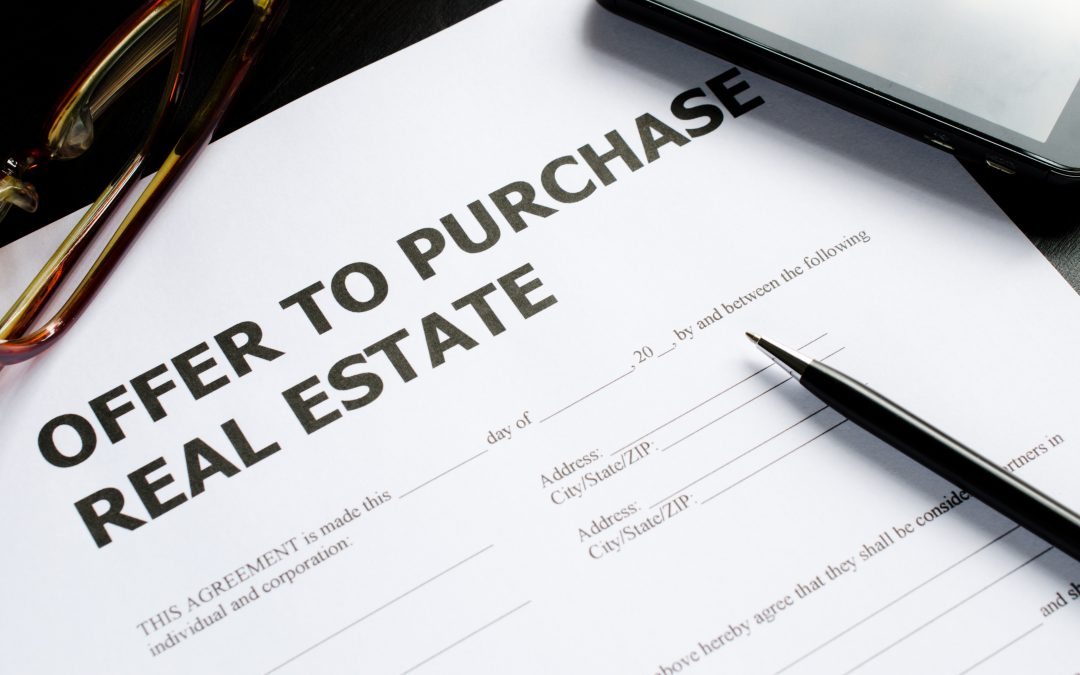So, you’ve accepted an offer on your house – congrats! That’s a huge milestone, especially if you’re selling for the first time. But before you start packing boxes and dreaming about your next move, there’s still a process to go through. So, what happens after you accept an offer?
Many first-time sellers don’t realize that getting an offer accepted isn’t the finish line. It’s more like the halfway mark. What comes next includes inspections, paperwork, and important deadlines you’ll need to meet to officially close the deal.
Here’s a breakdown of what typically happens after you accept an offer on your home.
1. The Offer Becomes a Contract
Once you say yes to a buyer’s offer, it turns into a legally binding contract, as long as both parties sign all the necessary documents. This contract will outline the agreed purchase price, deadlines, contingencies, and any other terms.
Make sure you fully understand the terms before signing. Your real estate agent should walk you through it and explain anything that’s unclear.
2. The Buyer Submits an Earnest Money Deposit
Next, the buyer will usually send what’s called an earnest money deposit. This is a sign of good faith and shows they’re serious about purchasing the home. The amount varies, but it’s often 1% to 3% of the purchase price.
This money is typically held in an escrow account and later applied toward the buyer’s down payment or closing costs. If the buyer backs out without a valid reason, you may get to keep the deposit, depending on your contract.
3. The Inspection Period Begins
Most offers include a home inspection contingency, which gives the buyer the right to inspect the home before moving forward. A licensed inspector will come out to assess the condition of your property. This usually happens within a week or two after the offer is accepted.
After the inspection, the buyer may:
- Accept the home as-is
- Ask for repairs
- Request a credit so they can make repairs themselves
- Or, in some cases, back out if major issues are found
As a seller, you have the option to agree, negotiate, or deny the repair requests. Just keep in mind that being flexible can help keep the sale moving forward.
4. The Appraisal is Ordered (If Financing is Involved)
If your buyer is using a mortgage to buy the home, their lender will require a home appraisal. This ensures that the property is worth the amount the bank is lending.
The lender orders the appraisal, and a third-party appraiser visits your home to assess its value based on recent sales, condition, and market trends.
If the appraisal comes in at or above the agreed price, you’re good to go. If it comes in low, the buyer might:
- Pay the difference in cash
- Renegotiate the price
- Or cancel the contract (if there’s an appraisal contingency)
Your agent can guide you on the best course of action if the appraisal comes in lower than expected.
5. The Title Search and Escrow Process
During this time, a title company will do a title search to make sure there are no legal issues tied to your property—like liens, unpaid taxes, or ownership disputes.
Assuming everything is clear, the title company will prepare the documents needed to transfer ownership. You’ll also be working with an escrow officer, who will manage the flow of documents and funds between you, the buyer, and your respective agents.
6. The Buyer’s Loan is Finalized
If the buyer is financing the home, their lender will be working in the background to finalize their loan approval. This involves verifying income, reviewing credit, and checking that all conditions are met.
This process can take a few weeks. Your agent should keep you updated on where things stand, especially as you approach closing.
7. Final Walkthrough
Usually scheduled within 24 to 48 hours before closing, the final walkthrough allows the buyer to do one last check of the home. This is to ensure everything is still in good condition, repairs (if any) have been completed, and no damage has occurred since the inspection.
To avoid surprises, make sure:
- The house is clean and empty (unless you agreed otherwise)
- Agreed-upon repairs are complete
- No appliances or fixtures have been removed that were part of the sale
8. Closing Day
You’ve made it to the final step: closing. This is where the paperwork is signed, funds are transferred, and ownership officially changes hands.
What you’ll need to do as the seller:
- Sign closing documents
- Provide house keys, garage remotes, and any codes or manuals
- Turn over possession of the home (usually the same day)
Once everything is signed and the money is transferred, the sale is complete. You’ll receive the funds from the sale, minus any closing costs, mortgage payoff, and agent commissions.
Selling your home doesn’t end when you accept an offer. There are still important steps that require your attention, communication, and patience.
By understanding what happens next, you’ll feel more confident, avoid delays, and move smoothly through the process.
And remember, you don’t have to do this alone. A good real estate agent will guide you through each stage, answer your questions, and help make your first sale a successful one.






